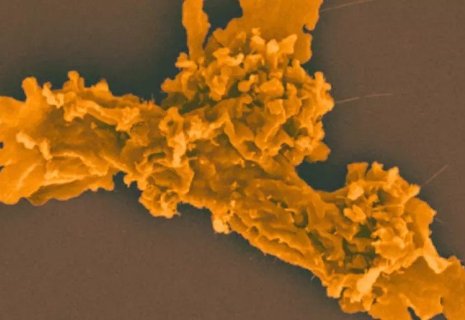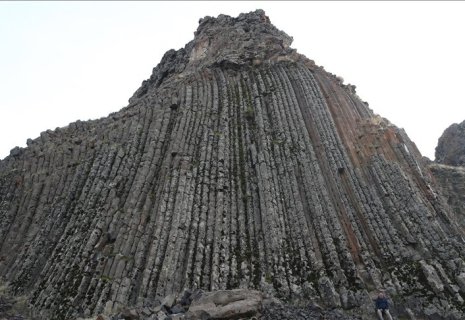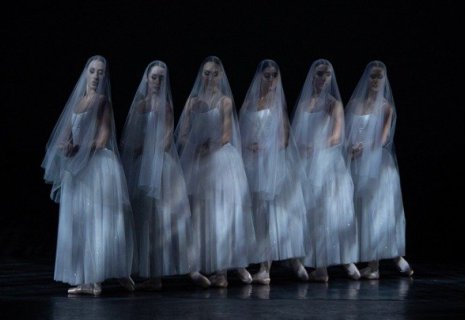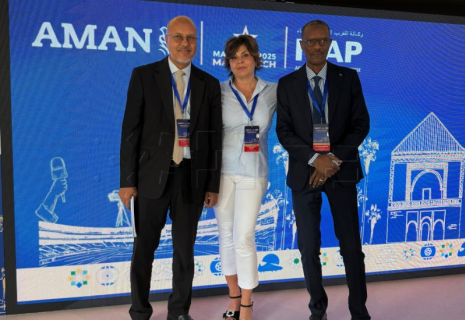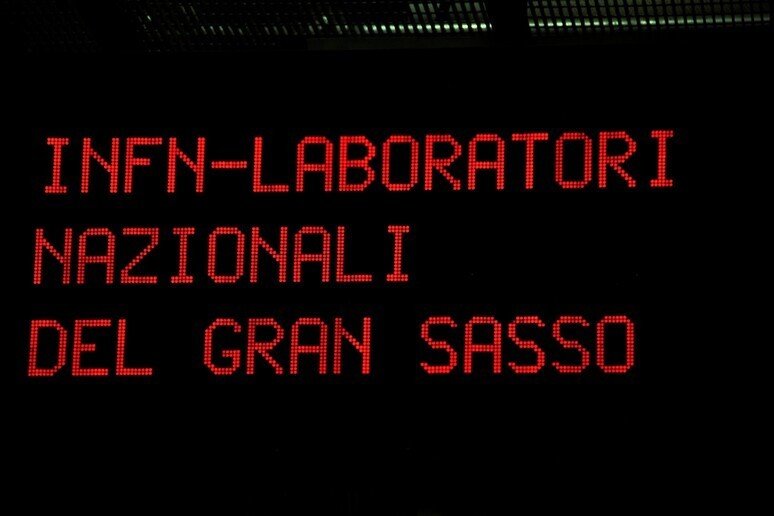
New algorithm sharpens hunt for Majorana neutrino
A noise-filtering algorithm that cleans background interference from data has helped define new limits for one of physics’ most mysterious phenomena: the Majorana neutrino, CE Report quotes ANSA.
According to results from the CUORE experiment, conducted at Italy’s Gran Sasso National Laboratory (INFN), this event — still never observed — may occur no more than once every 35 million billion billion years.
As reported in the journal Science, discovering this elusive process could help solve some of fundamental physics' greatest puzzles, such as why the universe is made of matter and not antimatter.
The rare process being studied is called neutrinoless double beta decay — a theoretical event where two neutrons transform into two protons, releasing only electrons, and no neutrinos.
"The first observation of neutrinoless double beta decay would be a monumental discovery," said Carlo Bucci from INFN, international coordinator of the CUORE collaboration, "because it would prove that neutrinos are their own antiparticles, as Ettore Majorana hypothesized."

